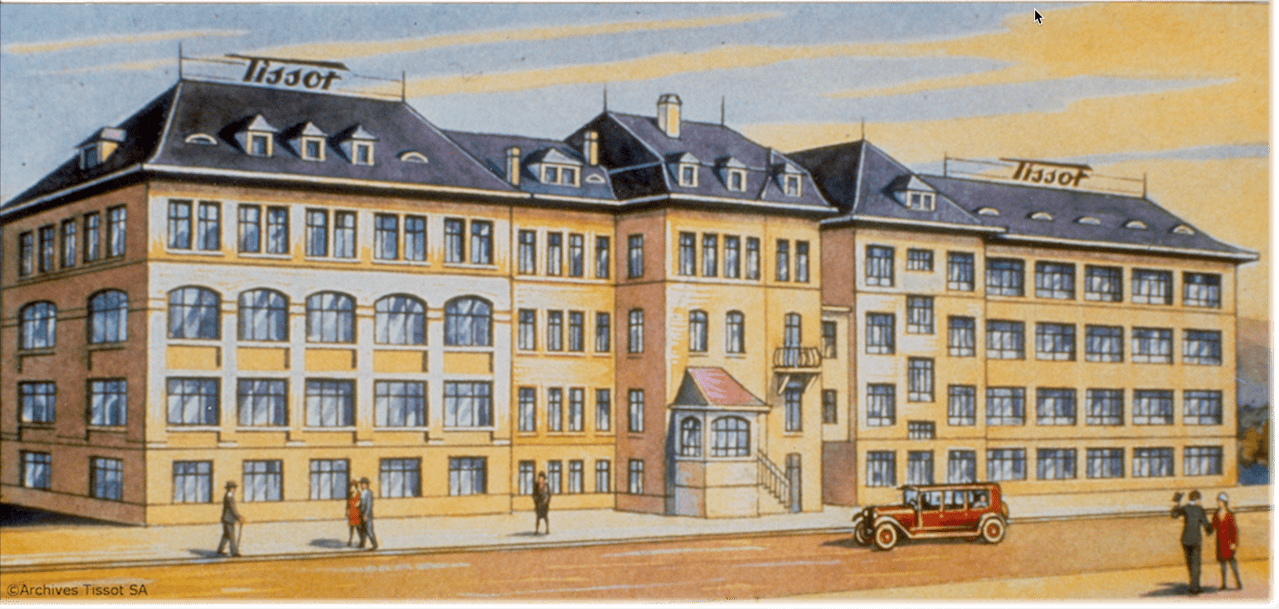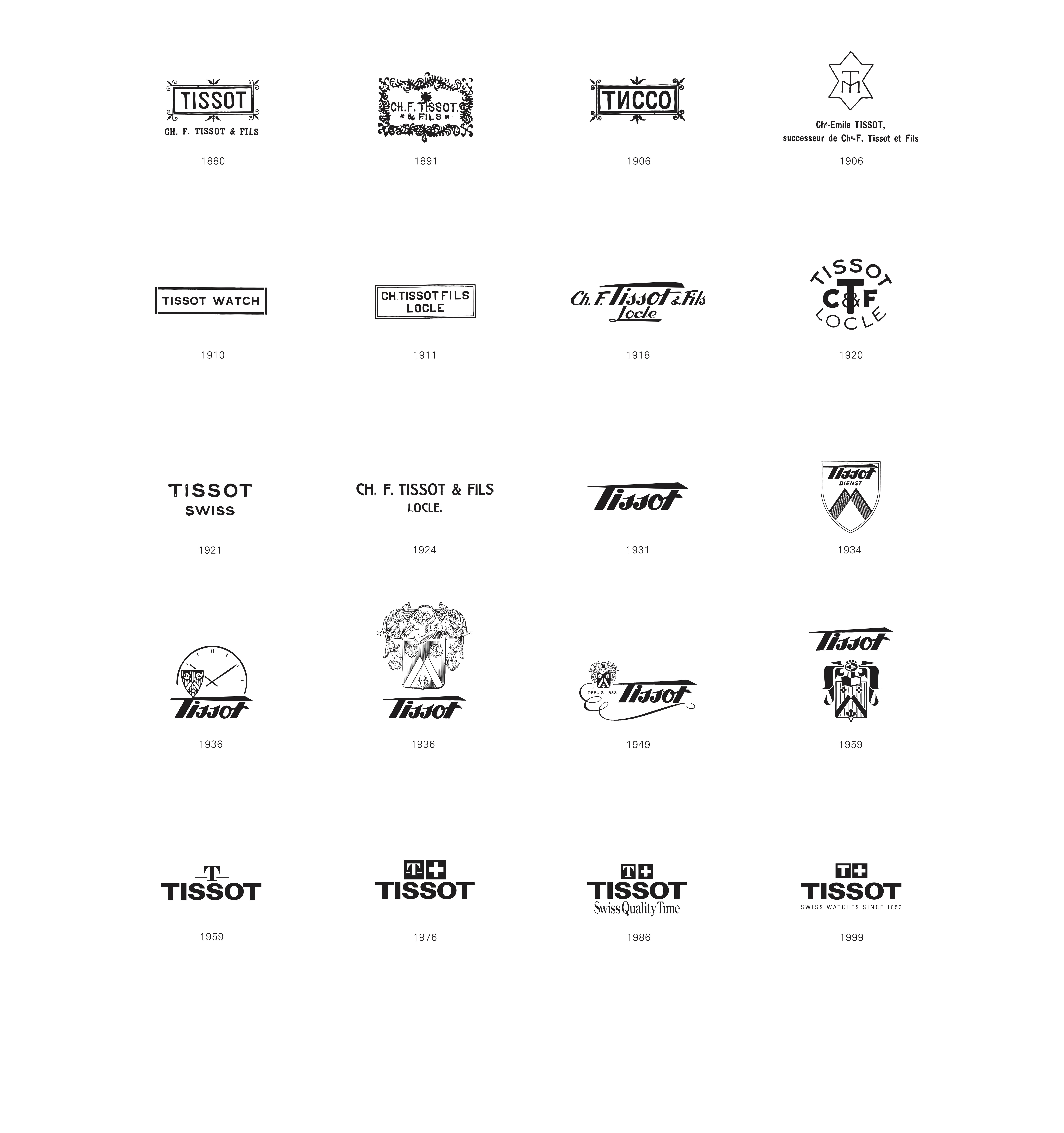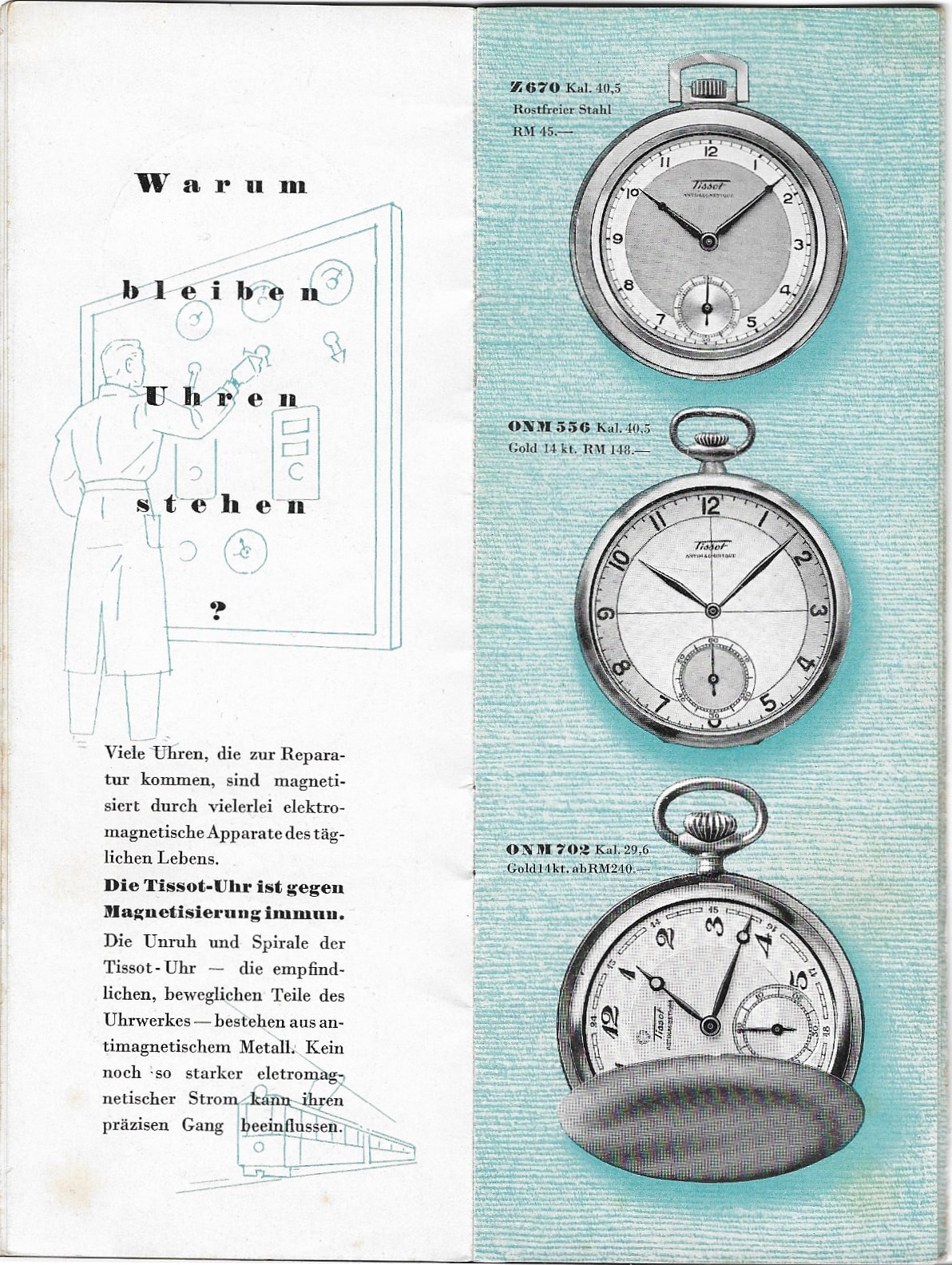Vintage Tissot Information – Something You Should Bookmark
When I was researching about the Tissot Antimagnetique watches for the article we published a little while ago I came across a bunch of interesting documents and information. Some came directly from Tissot, others I found in old books and catalogs. These documents are too interesting and valuable for the vintage community not to be used. So, I figured it would be beneficial if I collected and shared them on the pages of Fratello. It could serve research purposes for collectors and enthusiasts. Help to determine the age of your watch, or just entertain you by browsing through some interesting documents of the bygone era of Tissot. Needless to say, as vintage Tissot watches are among my favourites, it was a pleasure to collect and pass an eye over these valuable documents. I hope you will enjoy them as much and find them useful for your research.
Tissot Logo Guide
One of the most valuable pieces of information in this comprehensive guide to the various logos the brand used through its history. The first one dates back to 1880 (Tissot came to existence in 1853). Charles-Félicien Tissot and his son Charles-Emile Tissot established the brand in Le Locle, Switzerland. According to the guide, we can split up the history of Tissot into three categories based on the logos used. From the late 1800s until 1931, they used various different markings. From 1931 until 1959 came the long T era, as I call it. Here, the major marking of the logo is the long top of the first T. Numerous variants exist from the simplest one (from 1931) to a more sophisticated version you could find in the late 50’s. Tissot changed the logo and its surroundings in the 30’s but from the 40’s on this process slowed down.
In 1959 Tissot changed the typography once more to create a logo that is the predecessor of the one they use today. The first version from ’59 introduced that new T logo you can often find on vintage watches from the 60’s and 70’s. The text font did not receive any changes after this date. In 1976 the Swiss cross joined the T above the name. This was a smart move by Tissot to highlight the origin of the brand. Towards the end of the 70’s with the spread of strengthened Far Eastern quartz watch manufactures the Swiss watch industry was slowly losing grip on the market. This eventually would transpire into the quartz crisis. To draw more attention to the quality and origin of the brand Tissot added the Swiss cross to their logo. The name, the T and the cross are still the fundaments of Tissot’s emblem.
The Story of Tissot and Non-Magnetism
We dealt with this case quite a bit in my aforementioned article. In the first half of the 20th century the problem if magnetization and its effect on watches was an important question. So much so that other brands such as Omega, Rolex or IWC, just to name a few, also released watches that could withstand a certain level of magnetization. IWC followed the footsteps of Tissot. So a few years after Tissot (around 1936, though this date, is still debatable) came out with their version. Rolex’s legendary Milgauss saw the light of day in 1954 and three years later the Omega Railmaster appeared on the market. This little vintage Tissot pamphlet details their achievement and history on the non-magnetic watch development. It is a short albeit interesting and educational little leaflet. It gives us the basics of how the Tissot Antimagnetique watches come to life.

Tissot Elektromagnet from 1938 – used to create a magnetic field by the watchmakers to test the watches’ resistance. – image by Tissot Museum
Tissot Vintage Catalog Circa 1934
Let’s stay with the above topic. I’d like to share with you a vintage catalog from Tissot that is from the early 1930’s. If we look at the logo chart it is no older than 1934 so right at the beginning of the time when the first Antimagnetique watches were hitting the market. The language is German but that should not hold you back. The images alone are great resources for any vintage Tissot collector. Not to mention that every watch has the reference number, some basic features and even the price in Reichsmark next to it. As the catalog comes from the dawn of wristwatches there still are many pocket watches and even pocket chronographs in them, as well as some ladies’ models. Note the little illustrations next to the timepieces showing where your watch experience magnetization.
Tissot Archives
I hope you find some of this information useful and that it might help you with your vintage Tissot. Obviously, the most useful piece of info is a serial number chart. Together with the logo perhaps, can place your timepiece in the correct era. About 10 years or so ago when I was frequent on various watch forums, like many of us, I came across this chart you see below. I do not know the original source, but I saved it and used it from time to time. Hopefully, the owner of this photo doesn’t mind. If you would like to get detailed info on your watch Tissot has a large archive (over 2km of documents, I was told) like Omega and Longines. Get in touch with them and they would be happy to help. The service is not free of course but nothing in life is, right?
Like always, the help from Tissot HQ in Switzerland and Mr. Pim Jans (Tissot Netherlands) is appreciated. Please visit Tissot’s website, here.
Downloads
Download the “Story of Tissot and non-magnetism” here. Download the vintage Tissot catalog from the early 1930’s here.




